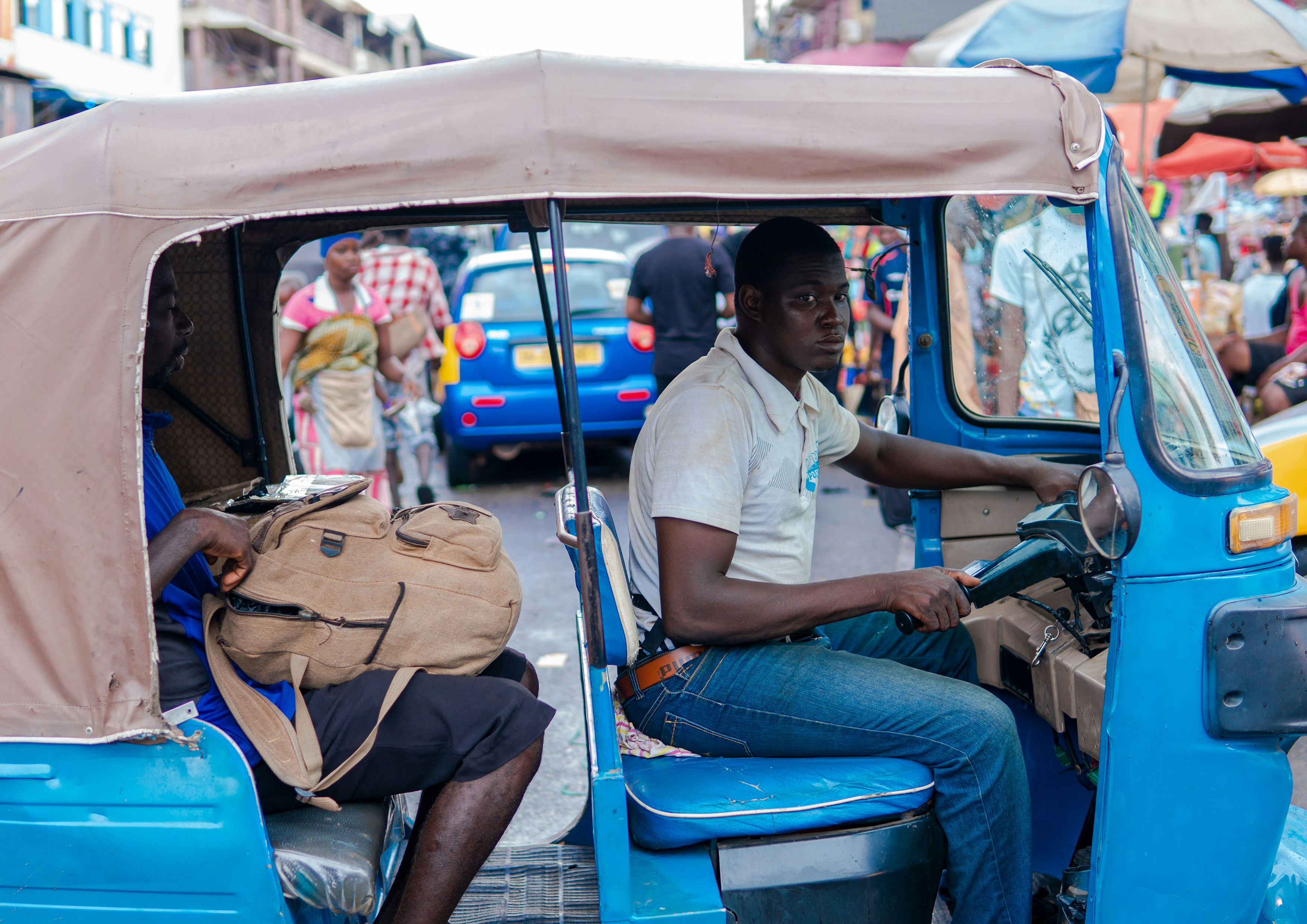Transforming Urban Mobility: Dire Dawa's good practice

Written by Milnael GOMEZ
A €343 million CAPEX investment promises transformative urban mobility and inclusive growth in Ethiopia’s future economic hub, Dire Dawa. With nearly 400,000 inhabitants in 2020, the city’s rapid urbanisation and economic development have strained its transportation infrastructure, showing the need for a Sustainable Urban Mobility Plan (SUMP). In 2023, a SUMP was adopted in the city, aiming to transform Dire Dawa's transport landscape and create a sustainable, inclusive, and green urban environment.
The city faces imbalanced road networks, a lack of mass transit, and reliance on bajaj for public transport. Those small, motorised tricycles, also known locally as minibuses, constitute 42% of the modal share. However, data reveal the dominance of walking, which characterises 45% of trips, indicating the importance of non-motorized modes of transport in the city.
Figure 1. Modal share per mode in Dire Dawa in 2020. Source: Dire Dawa SUMP.
Dire Dawa grapples with environmental challenges: precipitation, flooding, and high temperatures are among the most common. For this reason, the city aims to transition to more sustainable transport, incorporating emission standards and encouraging using newer, less pollutant vehicles.
Moreover, the transformation of urban mobility in Dire Dawa also addresses road safety concerns, gender disparities in mobility patterns, and the affordability of transport for users.
In other words, Dire Dawa's SUMP is a comprehensive strategy to address the city's mobility challenges. It envisions a polycentric city model, emphasising well-organized urban centres, upgrading the road network, restructuring paratransit, and developing mass transit and non-motorized modes.
Regarding the goals proposed, by 2040, the city of Dire Dawa aims to implement 30 km of Bus Rapid Transit (BRT) lines and a total of 140 km of public transport lines. These changes in the urban infrastructure will lead to a significant reduction in travel time. According to some studies, in fact, the successful implementation of the SUMP will decrease the travel time per trip by almost 10%. The plan also foresees a list of other measures, such as:
• a reduction of per capita greenhouse gas emissions by 19%
• an increase in the population within 500 meters of public transport stops by 28%
• the achievement of an 88% modal share for sustainable transport modes
This list, even though far from exhaustive, showcases Dire Dawa’s engagement in the achievement of Sustainable Development Goals (SDGs) related to climate action, sustainable cities, and responsible consumption and production. The approximate total SUMP investment requirement of EUR 343 million (CAPEX) reflects the commitment to substantial urban transport investments, with nearly €50 million expected to be allocated to loans from international financial institutions. Operational expenses (OPEX) by 2040 are estimated at EUR 179 million, highlighting the long-term financial commitment required for sustainable urban mobility.
The investment indicators and vision for 2040 underscore the commitment to transformative change, positioning Dire Dawa as a good practice in sustainable urban mobility in Ethiopia and beyond. The city's commitment to stakeholders’ involvement, the alignment with national and international policies, and the comprehensive planning demonstrate a model that other urban centres might and should adopt in the future.
To read more about Dire Dawa’s Sustainable Urban Mobility Plan, please find the following links below: